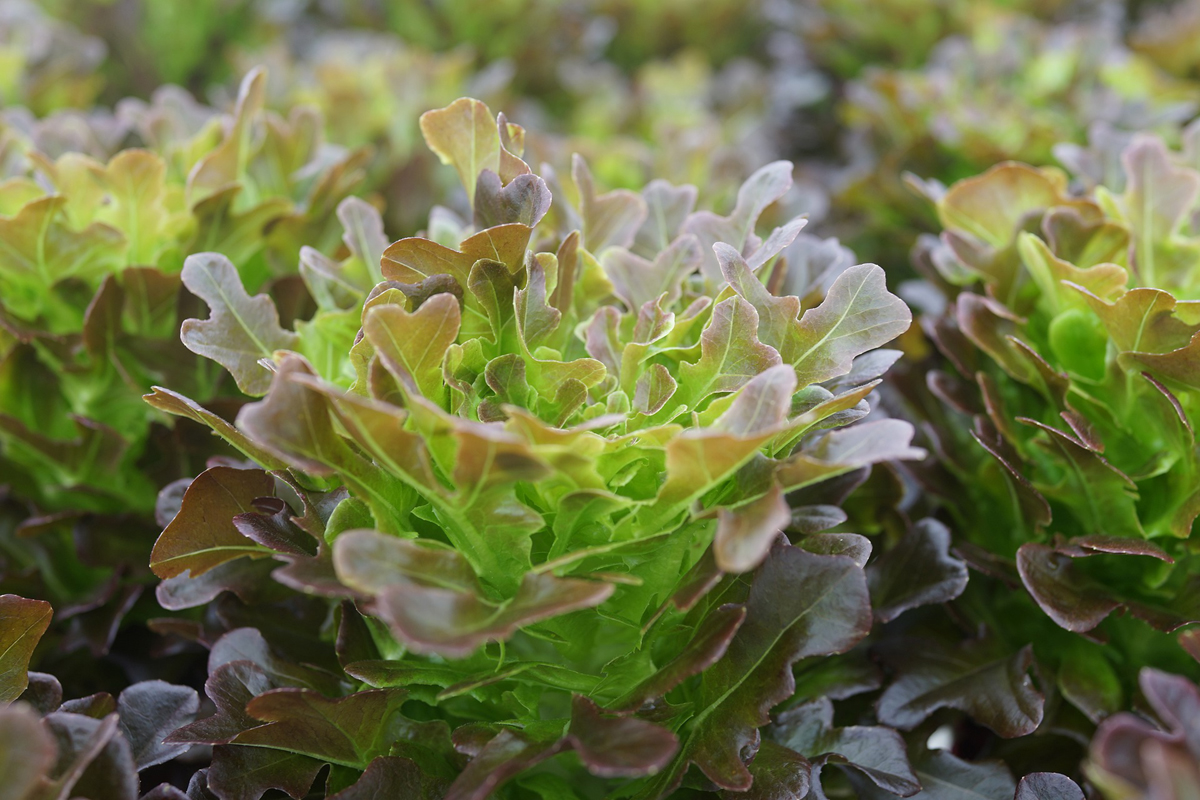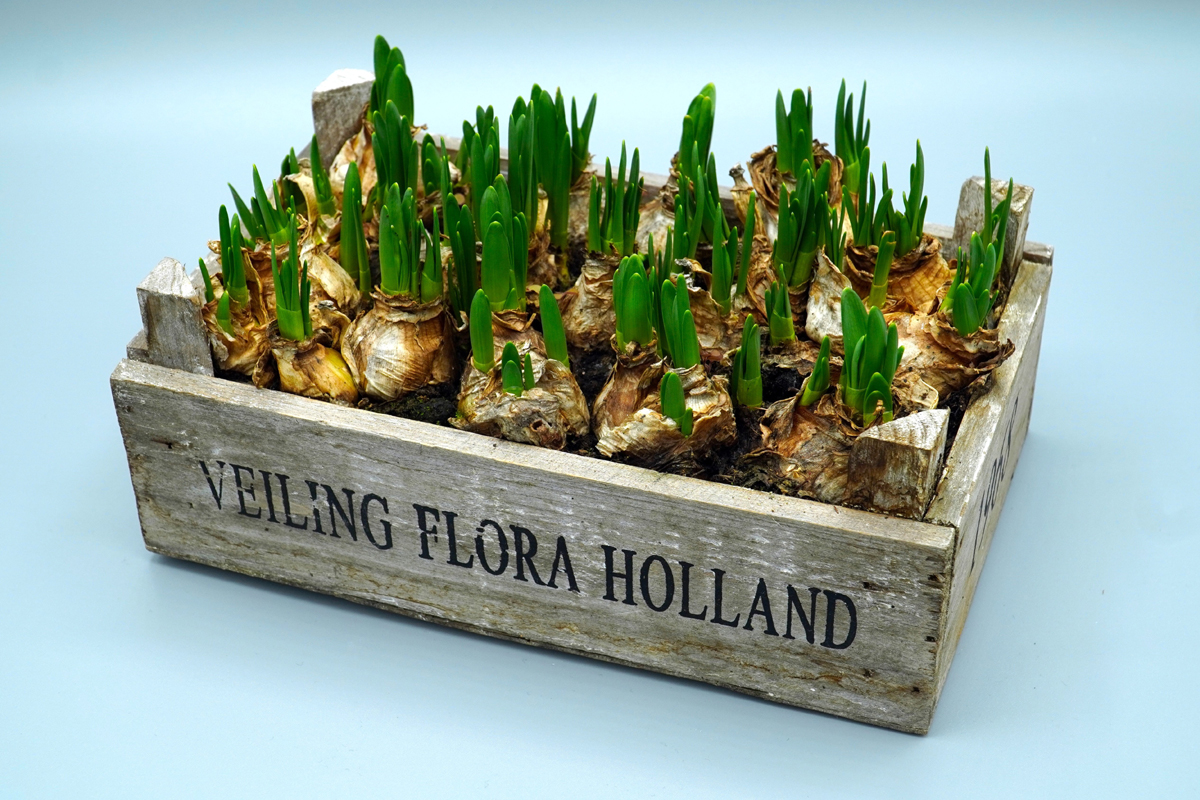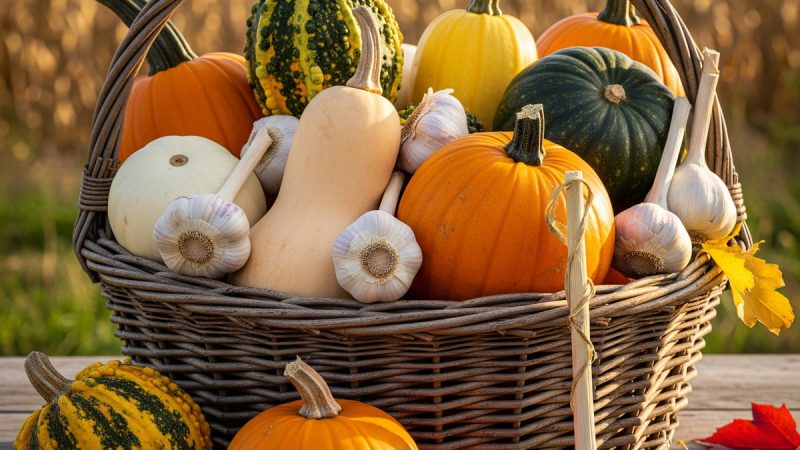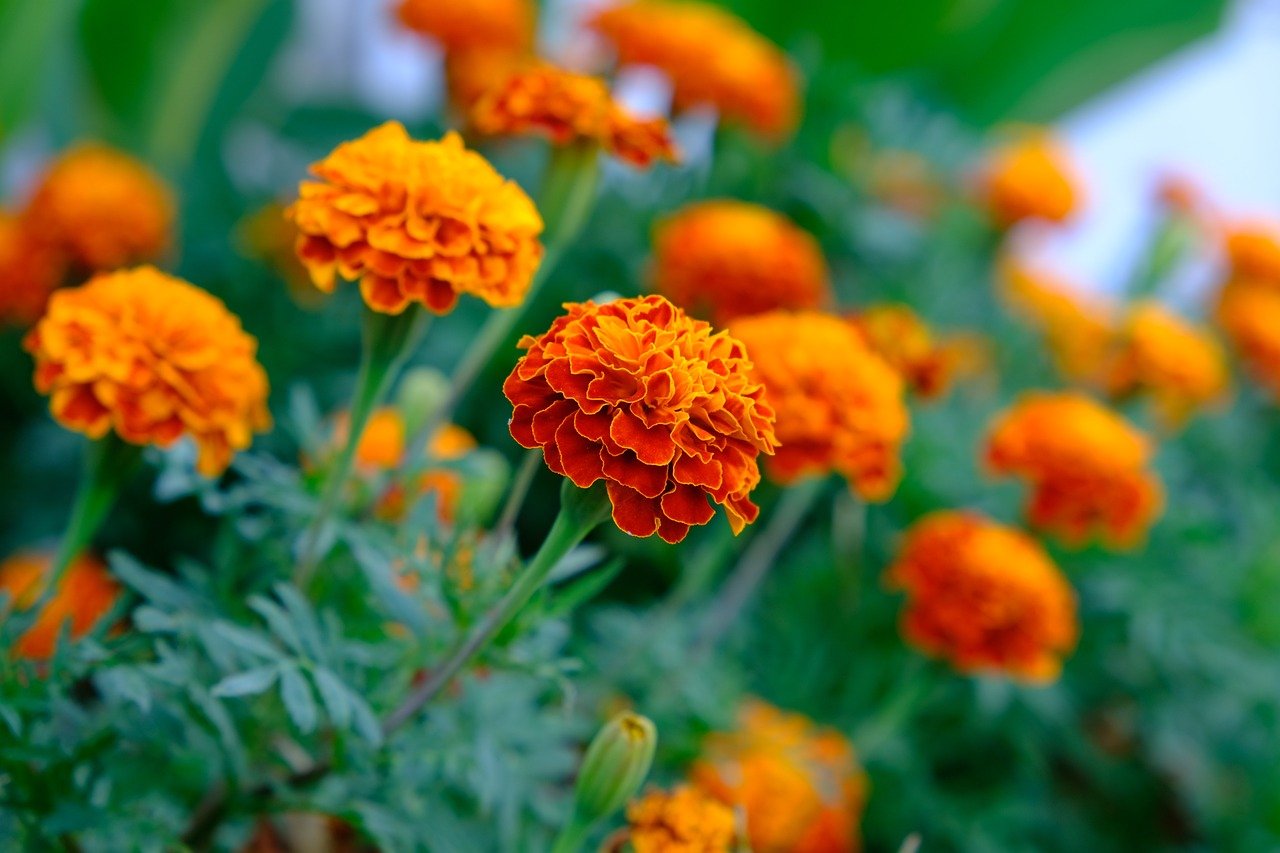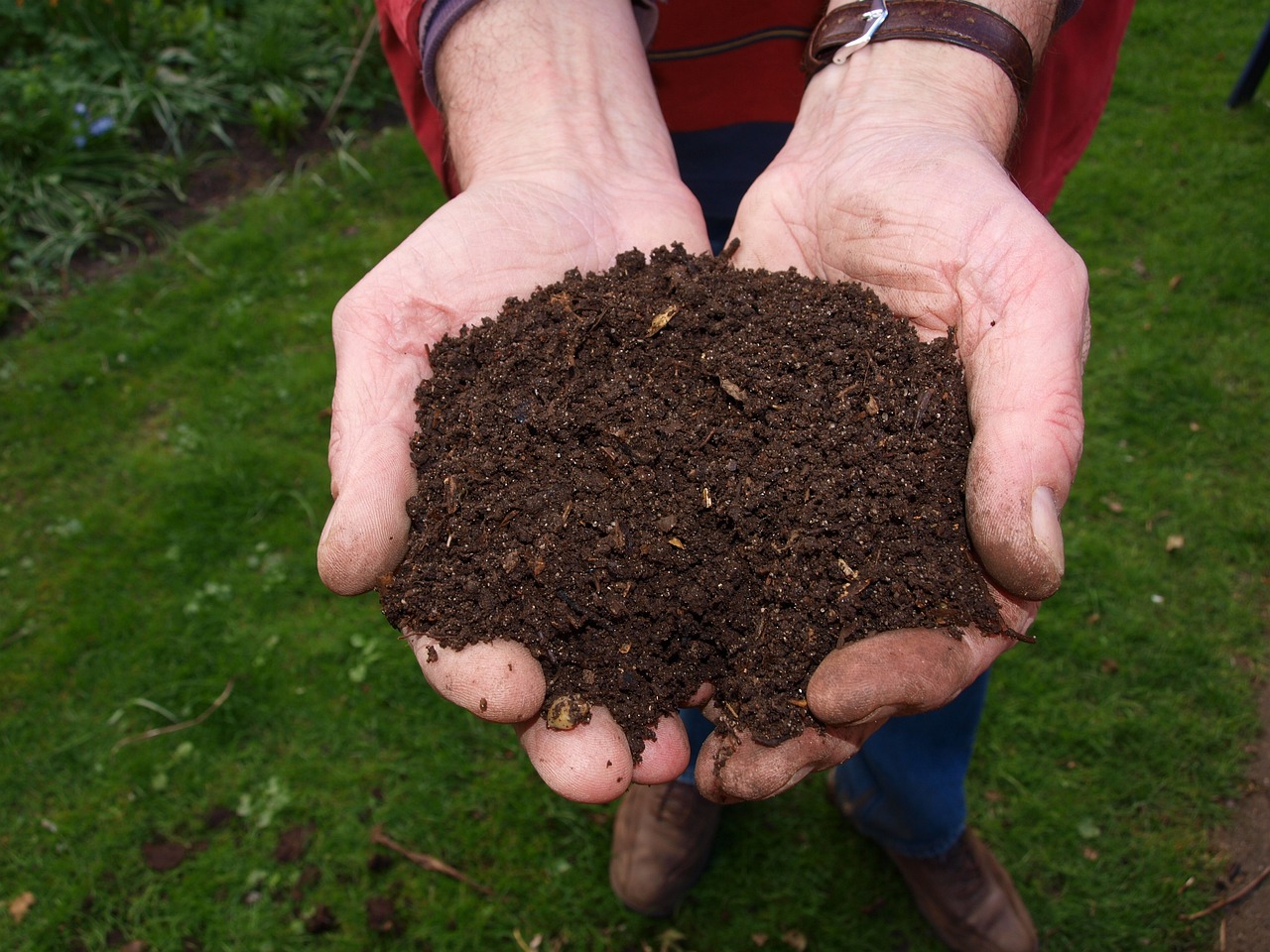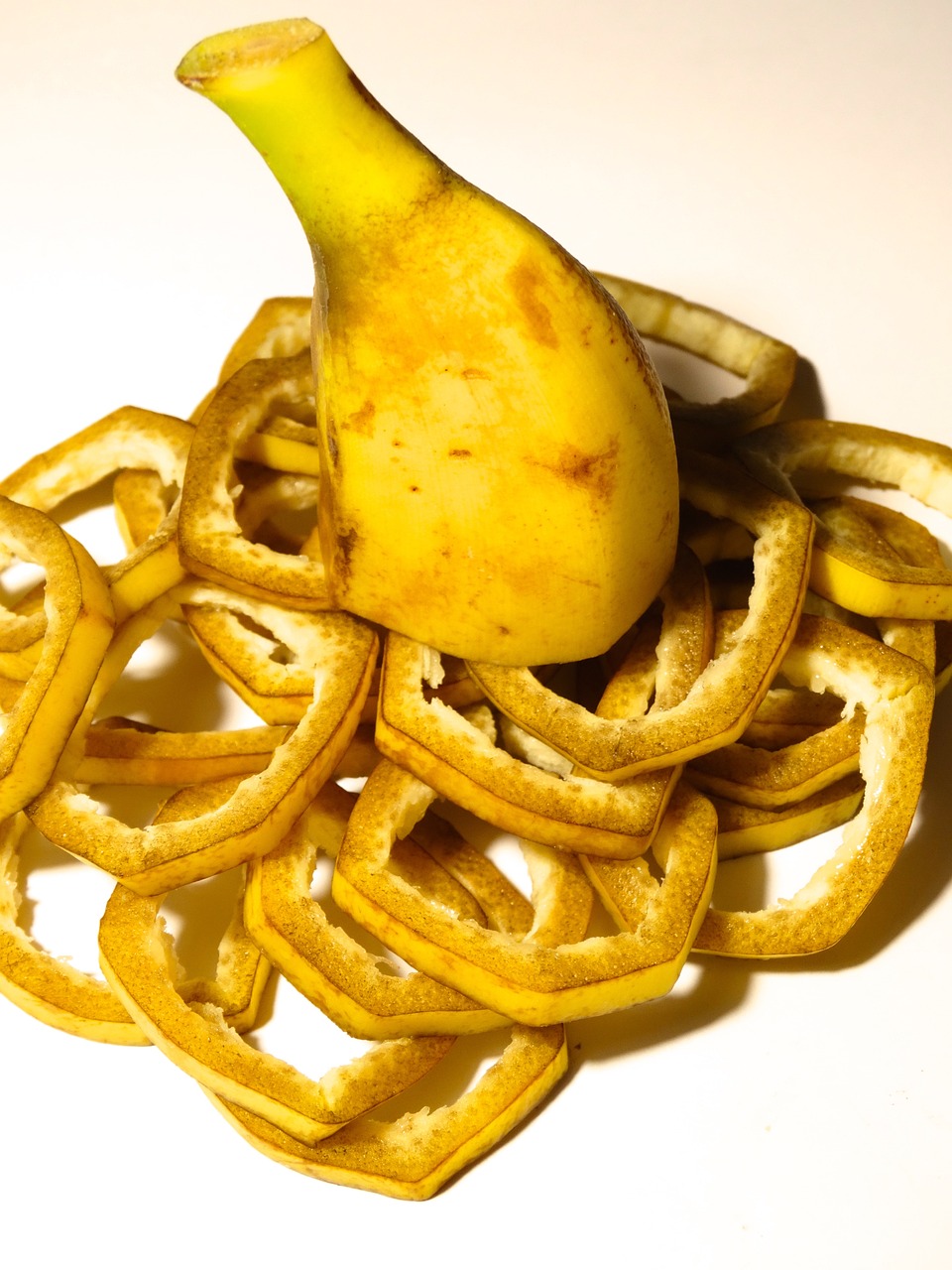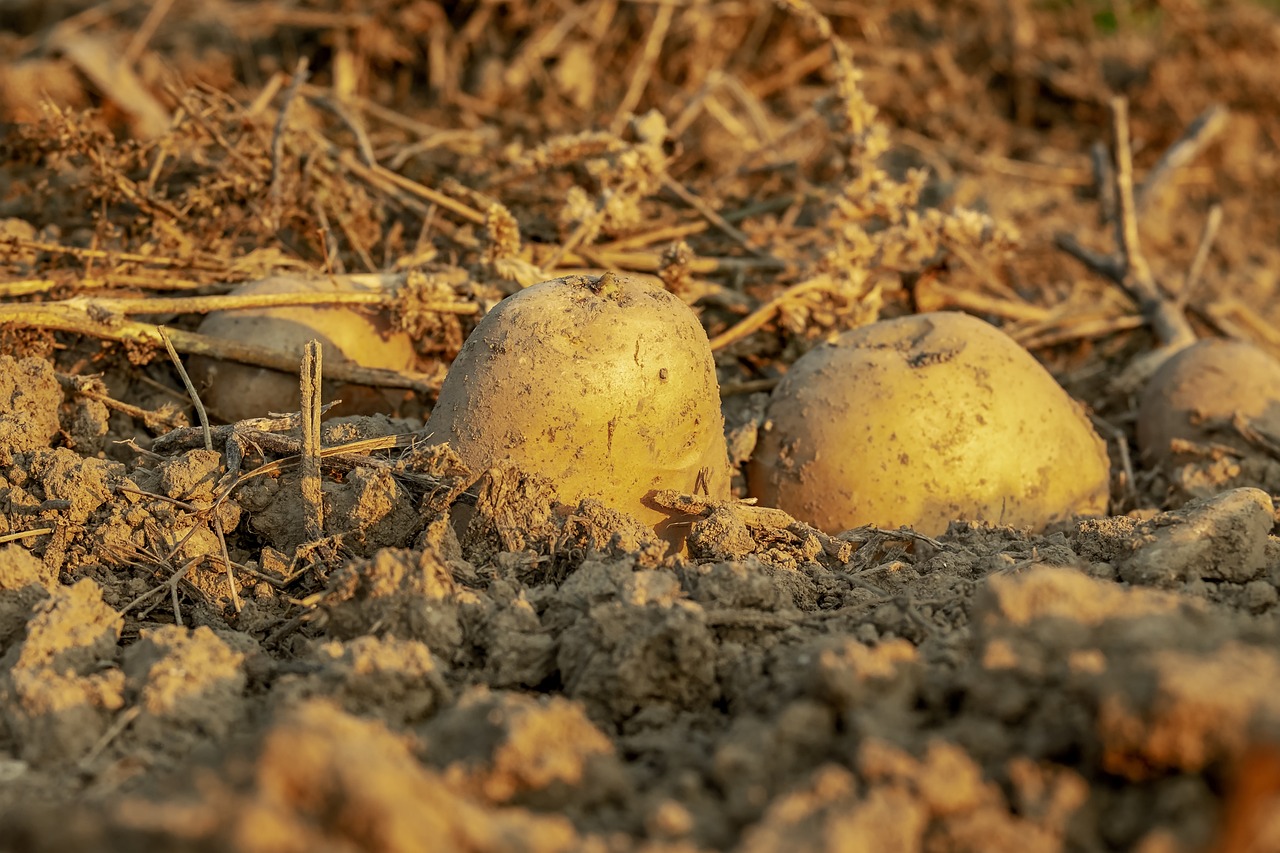Natural Lawn Care – Get Your Lawn Off Drugs
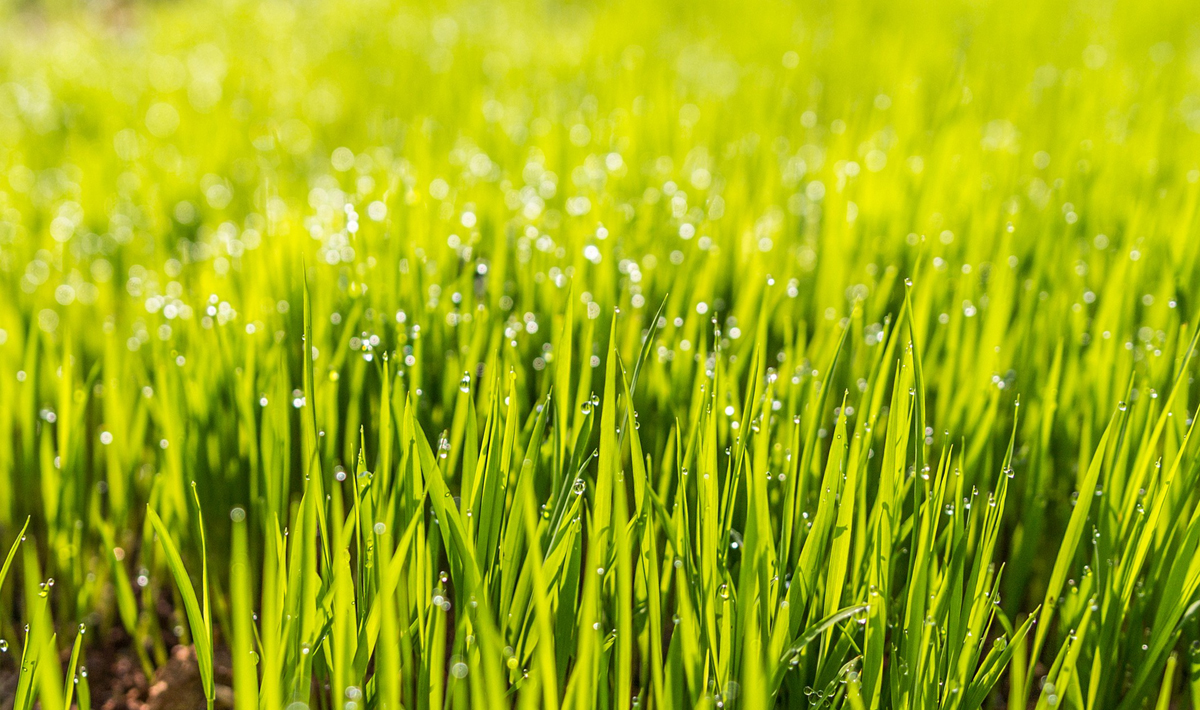
Your Soil
Similar to greening your garden, the basics of lawn care start with your soil. If you haven’t had a soil sample taken in the past 5 years, this is where you need to start. Many local Garden Centers carry soil kits. The do-it-yourself kits will provide you with a bare minimum of information. You should really send a soil sample away to a lab for an “organic” analysis. An organic analysis will tell you exactly how much of each “amendment” you need to add to your soil to bring it up to par. A “regular” soil analysis tends to include only the PH level and the three main nutrient levels you can correct with fertilizers – nitrogen, phosphorus and potassium. Ideally, you should take your soil sample in the spring.
PH of Soil
Most grasses like a ph level of 6.5 which is slightly acidic. A ph of 7.0 is neutral. Dandelions on the other hand, like soil with a ph level of 7.5, slightly alkaline. Thus a proper ph level will support the growth of your grass and at the same time retard the growth of dandelions. Dolomitic lime is used to increase the alkalinity of the soil, where magnesium and calcium are also needed. Hi-cal lime increases the alkalinity where the soil has adequate magnesium. Flowers of sulphur is used to increase the acidity of the soil.
Organic Fertilizers
Fertilizers list the percentage of Nitrogen, Phosphorous & Potassium on the bag, such as 7-7-7. Soil also requires other macro-nutrients including sulphur, calcium and magnesium and trace elements such as iron, boron and zinc.
Organic Nitrogen Sources:
Canola seed meal: (6-2-1) maximum of 5 kilograms/10 sq meters (10lb/100 sq ft). Lasts 5 months.
Fish meal: (10.5-6-0) max 2.5 kg/10 sq mtr (5lb/100 sq ft). Lasts 6-8 months.
Blood meal: (12.5-1-3) max 1.5kg/10 sq mtr (3lb/100 sq ft). Lasts 4 months.
Organic Phosphorous Sources:
Bone meal: (3-20-0) plus 20-30% calcium. Max 2.5 kg/10 sq mtr ( 5lb/100 sq ft). Lasts more than 12 months.
SingleSuperPhosphate: (0-20-0) plus 20% calcium & 12% sulphur. Max 2.5kg/10 sq mtr (5lb/100 sq ft). Starts to release in 2-3 months.
Organic Potassium Sources:
Kelp meal: (1-0-1.2) plus 33% trace minerals. Max 0.5kg/10 sq mtr (1lb/100 sq ft). Lasts 6-12 months.
Wood ashes: (0-0-1 to 0-0-10) Raises PH level also. Max 1 kg/10 sq mtr (2lb/100 sq ft). Lasts more than 12 months.
Compost – That Old Black Magic
All soils benefit from nutrient rich applications of compost at any time. Compost from rotted organic matter is the best all round soil conditioner.It improves drainage, provides plant nutrients and provides beneficial micro-organisms.Aply any time of the year and often.
Watering
Most people water their lawns to much. Lawns need about one inch or water per week. If you haven’t received enough rain in the past week to make up a full inch then you can add your own rain water from your rain barrels. One deep watering is much better then short spurts of water. Soaking the soil once a week will encourage deep root growth which will withstand the dry periods better.
Water early in the morning before it gets to hot and the water evaporates. Don’t water at dusk as this leaves the grass wet at night which can encourage disease.
Cutting
Don’t cut your grass shorter than 3 inches. Longer grass crowds out the weeds and can withstand pest attacks better. Leave nitrogen rich grass clippings on the lawn to feed it.
Aeration
A major cause of weed problems is compact soil. The compact soil stresses and kills the roots of your grasses, allowing weeds to move in and take their place. Aerating the soil allows oxygen to penetrate and restores proper drainage. Most lawns should be aerated at least twice a year, once early in the spring and once in the fall.
After the spring aeration, top-dress with screen compost and pest-resistant grass seed. Immediately after aerating in the fall, apply organic fertilizers as needed. A mid-season aeration is recommended for lawns with heavy thatch.
Use an aerator that leaves a “plug” of dirt on your lawn. By removing some of the soil you are sure to get air and water down into the soil. aerators that just use “spines” to make a hole could compact your ground further and the holes can quickly fill back in.
De-thatching
Thatch is a dense layer of dead grass stems and roots compacted on the surface of the soil. It is resistant to decay. A thick layer of thatch tends to prevent water from soaking into the soil.
Thatch, thicker than a half inch encourages insects and disease. De-thatch in the FALL. If you discover in the spring that you have a thick layer of thatch, aerate and wait for fall. De-thatching will create some stress for your lawn. It will help if you add a layer of compost afterwards.
Insects
Ants
Ants are attracted to nutritionally poor, dry soils, low in organic matter. Generally, if you increase the organic matter in your soil by top-dressing with compost, your soil will retain more moisture and the ant problem will take care of itself. You can apply sand, borax or bone meal to the mounds also.
Chinch Bugs
Chinch bugs like lots of thatch, dry grass roots and soil low in nitrogen. Aerate in spring and summer and de-thatch in fall. If you have hordes of chinch bugs and they are killing patches of your lawn, put a capful of dish washing soap in a sprinkling can filled with water and drench the problem area. Then lay a piece of white flannel over the problem area. The chinch bugs will cling to the flannel as they try to escape the soap. In 15 to 20 minutes, vacuum the flannel or rinse in a bucket of insecticidal soap. Sounds crazy but it works.
Sod Webworm Moths
If you notice small whitish moths darting about, you likely have sod webworms. Best action is to aerate and top-dress with endophytic grass and de-thatch in the fall. If you need more help that this, you can try introducing beneficial nematodes as a “natural” control.
White Grubs
These grubs are soft and white, with a C-shaped body. They can be from a quarter inch to 3 inches long. And they can cause patches of your lawn to turn brown and die. The best defense is a dense healthy lawn. De-thatch, aerate and keep surface moisture to a minimum by watering deeply and infrequently.
Milky Spore Disease – a naturally occurring bacterium will control white grubs for years once well established in your soil. You can also try introducing beneficial nematodes.
Beneficial Nematodes
Beneficial nematodes are nature’s way of effectively controlling the larvae stage (white grubs) of the Common Chafer, European Chafer, Japanese Beetle, Asiatic Garden Beetle, Black Vine Weevil, Strawberry Root Weevil, plus May & June Beetles.
They are a safe and sensible way to reduce white grubs infestations and other pest insects while not harming your grass or beneficial insects.
How to apply: normally you just add them to water and spray onto the lawn. Follow the instructions from your supplier. A package of 50 million nematodes will cover 2500 sq. ft. or 250 sq. metres.
Weeds
Most weed problems can be attributed to poor soil conditions. Look after the soil and you also look after the weeks. Aerate, de-thatch, check PH levels, add compost.
Chickweed
This annual plant sends out tangled stems that root rapidly in acidic, moist soil. Check your ph level and adjust for acidity. Hand pull the weeds and your problem will soon disappear.
Clover
All clovers are extremely beneficial to lawns. The fix nitrogen in the soil and are often planted as “green manure”. Clovers attract beneficial nectar feeding insects. Think twice before you decide to do away with this “weed”. If you are determined to get rid of the clover, make a solution of one part vinegar and one part liquid fertilizer (fish fertilizer is best). Squirt the patch of clover with this mixture. The clover and grass will turn brown, but the fertilizer will bring back the grass.
Crabgrass
This is a sign of close mowing and poor aeration. Improve your soil to get rid of the crabgrass and pull by hand.
Creeping Charlie
Creeping charlie likes mostly shady areas. To get rid of it, increase drainage by aerating, de-thatching and adding screened compost. Allow soil to dry in affected areas between watering.
Dandelions
Dandelions attract the parasitic wasp that helps to keep down caterpillar, fly maggot and earwig populations.
You can control dandelions by pulling by hand, checking the ph levels of the soil and mowing the lawn before the dandelions go to seed.
Thistle
Thistle has a deep root that cannot be destroyed easily. It must be dug out completely as any little pieces left in the ground will grow anew. Fill holes with topsoil and sprinkle with ryegrass.
The Author:
Bruce Knight has several years experience in conservation, solar and wind systems.

